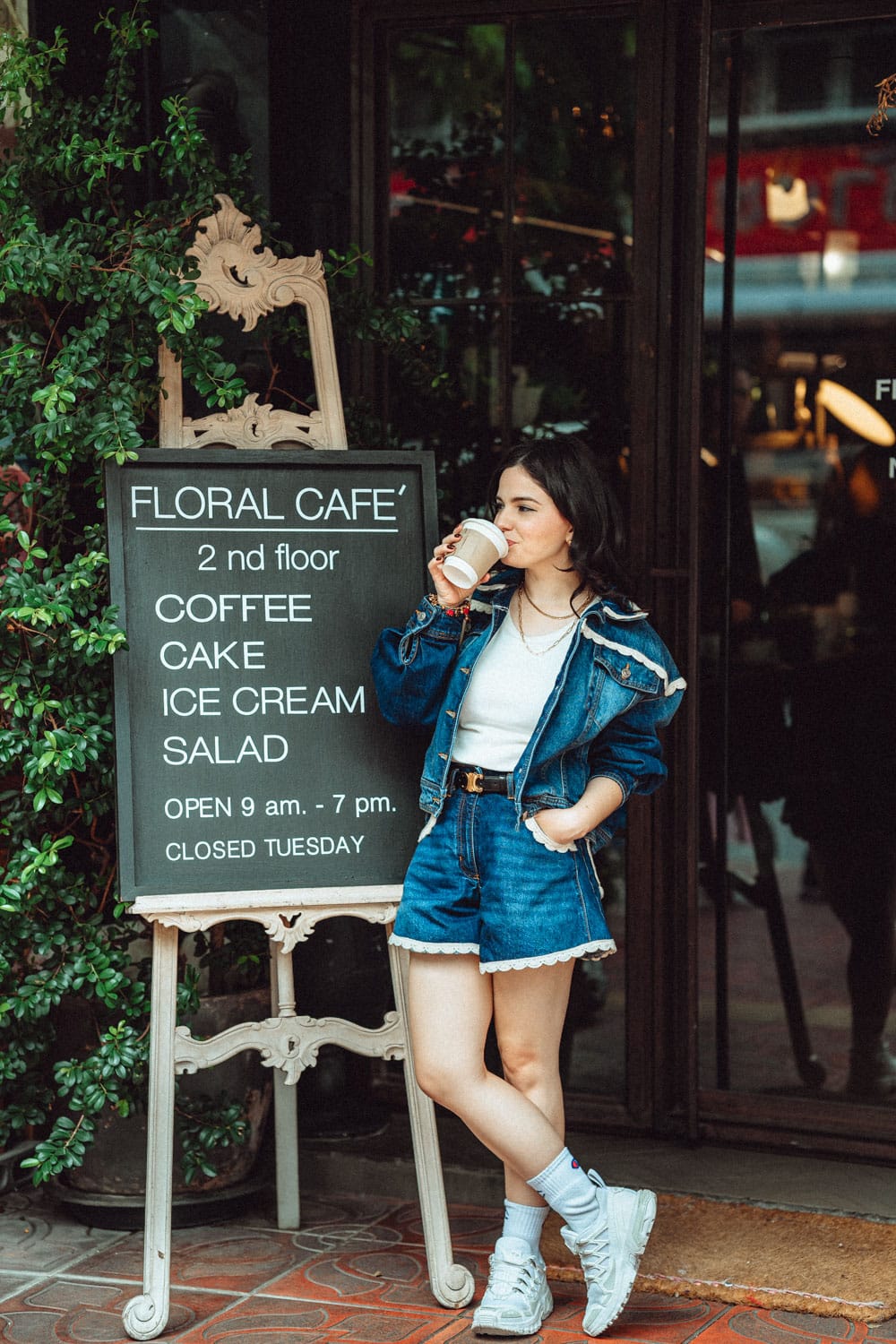In the early morning hush of a side street in Thonglor, steam rises from a perfectly crafted latte as sunlight streams through floor-to-ceiling windows of a converted shophouse. As a photographer documenting Bangkok’s evolving café culture, I’ve witnessed the city’s transformation from traditional coffee shops to architectural marvels that serve as both cafés and social spaces. This cultural shift has created a rich tapestry of photographic opportunities, where design, lifestyle, and human connection intersect in compelling ways.
Bangkok’s third wave café scene represents more than just a trend; it’s a cultural revolution that has reshaped the city’s social landscape. These spaces, with their carefully curated interiors and attention to detail, have become stages for a new kind of urban theater. The challenge in photographing these environments lies in capturing both their architectural beauty and the intimate human moments that unfold within them. From the barista’s practiced movements as they prepare a pour-over to the quiet concentration of a freelancer working remotely, each scene tells a story about contemporary Bangkok life.
The marriage of traditional Thai architecture with modern café design creates uniquely photogenic spaces throughout the city. Hidden gems tucked away in old wooden houses in Ari district, industrial-chic establishments in former warehouses along the Chao Phraya River, and minimalist concrete structures in Sathorn each present their own visual narrative. These spaces offer photographers an opportunity to explore how Bangkok’s café culture is preserving historical elements while embracing contemporary design sensibilities. The interplay of natural light through traditional Thai windows or the contrast of smooth concrete against aged wooden beams creates compositions that speak to this architectural evolution.
The human element of café culture provides endless opportunities for candid portraiture. Young entrepreneurs conducting meetings over specialty coffee, artists sketching in leather-bound notebooks, friends catching up over brunch – these moments reveal the social fabric of modern Bangkok. As a photographer, I’ve learned that these candid shots require patience and discretion. The key lies in becoming part of the environment, allowing people to forget about the camera’s presence until genuine moments naturally emerge. The resulting images capture not just faces, but stories of connection and community in an increasingly digital age.
Light plays a crucial role in café photography, and Bangkok’s varying weather conditions create both challenges and opportunities. During the rainy season, diffused natural light through rain-streaked windows can transform ordinary café scenes into moody portraits of urban life. The golden hour brings warm tones that complement the rich browns of coffee and wooden furnishings, while afternoon sun creates dramatic shadows that add depth to architectural shots. Understanding these light patterns has become essential to capturing the essence of Bangkok’s café culture.
The ritual of coffee preparation itself offers compelling photographic subjects. The precision of baristas as they weigh beans, the spiral pour of hot water over freshly ground coffee, the careful etching of latte art – these actions combine technical skill with artistry. Capturing these moments requires an understanding of both photography and coffee culture, knowing exactly when to press the shutter to catch the perfect pour or the final flourish of a rosetta pattern. These images celebrate the craftsmanship that defines third wave coffee culture while documenting an important aspect of Bangkok’s culinary evolution.
The relationship between café design and street life creates fascinating juxtapositions for urban photography. Floor-to-ceiling windows frame street scenes like living paintings, while outdoor seating areas blur the line between private and public space. These transitions offer opportunities to capture how café culture interfaces with city life – a motorcycle taxi driver pausing for a morning espresso, street vendors passing by designer café facades, or the contrast between traditional street food stalls and modern coffee shops. These images tell the story of a city in transition, where different worlds coexist and sometimes collide.
Bangkok’s café culture has also spawned a new breed of hybrid spaces that combine coffee with art galleries, bookstores, or co-working areas. These multifunctional environments present unique challenges for photographers trying to capture their essence. The key lies in finding moments where different activities intersect – an impromptu meeting between artists over coffee, a student studying amidst a photography exhibition, or a barista doubling as a gallery curator. These scenes reveal how café culture has evolved beyond simply serving coffee to become incubators for creative and professional life in Bangkok.
The seasonal changes in Bangkok’s café scene provide opportunities for diverse storytelling through photography. During the hot season, iced coffee drinks and cooling desserts take center stage, while the rainy season brings people together in cozy interior spaces. Each season creates its own atmosphere and social dynamics, offering photographers fresh perspectives on how weather influences urban lifestyle patterns. The challenge lies in capturing these seasonal transitions while maintaining the timeless quality that defines great street photography.
Beyond the aesthetics, café culture photography in Bangkok documents an important social transformation. These spaces have become symbols of the city’s growing creative class and changing consumer habits. Through careful observation and patience, photographers can capture not just the surface beauty of these establishments, but also deeper stories about urban development, generational change, and the evolution of public space in Bangkok. As the city continues to reinvent itself, these images serve as both art and historical documentation, preserving moments of transition in Bangkok’s ever-evolving cultural landscape.


